The cable deadlift is a highly effective exercise that offers a controlled and stable movement pattern, making it an excellent alternative to the traditional barbell deadlift. Unlike free weights, a cable machine deadlift provides constant tension throughout the entire range of motion, leading to better muscle engagement.
Whether you're new to deadlifting or an experienced lifter looking to switch things up, incorporating deadlift using a cable machine into your routine can provide numerous benefits, including improved form, reduced injury risk, and enhanced muscle activation.
Muscles Targeted in a Cable Machine Deadlift
A deadlift with cable machine primarily targets the posterior chain, which includes:
Primary Muscles Engaged
- Glutes – The main powerhouse of the lift
- Hamstrings – Activated during the hinge motion
- Lower Back (Erector Spinae) – Provides spinal support
Secondary Muscles Engaged
- Quadriceps – Assist in leg drive
- Core (Abdominals & Obliques) – Helps stabilize the torso
- Forearms & Grip Strength – Required to hold the cable handles or bar
By consistently using a cable deadlift machine, you can enhance muscle activation and build full-body strength.
How to Perform a Deadlift Using a Cable Machine
Step-by-Step Guide
- Adjust the Pulley: Set the cable at the lowest position.
- Select Your Attachment: Use a straight bar, rope, or handle attachments.
- Stand in Position: Feet shoulder-width apart, grip the cable.
- Engage Your Core: Keep your back neutral and chest up.
- Hinge at the Hips: Lower the weight by pushing your hips back.
- Lift with Control: Stand back up by squeezing your glutes at the top.
Maintaining proper form while performing a cable machine deadlift with bar is crucial for maximizing gains and preventing injury.
Cable Deadlift vs. Traditional Deadlift
| Feature | Cable Deadlift | Barbell Deadlift |
|---|---|---|
| Tension | Constant resistance | Resistance varies |
| Stability | More controlled | Requires more stabilization |
| Risk of Injury | Lower | Higher (if performed incorrectly) |
| Versatility | Multiple variations | Standard movement patterns |
| Grip Strength | Less required | More required |
A deadlift using a cable machine is a great alternative for those who struggle with maintaining proper form using a barbell.
Best Cable Deadlift Machine Setups
Different cable machines provide unique setups for performing a deadlift cables exercise. The most common types include:
- Adjustable Cable Pulley Machines – Offer customizable resistance and height adjustments.
- Fixed Cable Stations – Provide a stable platform for consistent movements.
- Cable Machine with Bar Attachments – Mimic barbell deadlifts more closely.
Choosing the right cable deadlift machine depends on your fitness goals and available equipment.
Cable Machine Deadlift with Bar: Is It Effective?
Using a bar attachment for a cable machine deadlift with bar can enhance grip stability and replicate a barbell deadlift experience. It offers:
- Better weight distribution
- Increased muscle engagement
- Improved grip strength development
Adding a bar to your deadlift with cable machine allows for more versatility in movement patterns.
Common Mistakes in a Deadlift with Cable Machine
- Using Too Much Weight – Can lead to improper form.
- Rounding the Back – Increases the risk of injury.
- Neglecting Hip Hinge Mechanics – Reduces effectiveness.
- Not Engaging the Core – Leads to instability.
Avoid these errors when performing a cable deadlift to maximize safety and efficiency.
FAQs About Cable Deadlifts
1. Are cable deadlifts effective for building strength?
Yes! Deadlift cables provide constant tension, helping improve strength and endurance.
2. Can beginners do deadlifts using a cable machine?
Absolutely! The cable deadlift machine is great for beginners due to its controlled movement.
3. How heavy should I go on a cable deadlift?
Start with a moderate weight and focus on perfecting your form before increasing resistance.
4. Is a cable machine deadlift with bar better than using handles?
It depends on your goals—bars mimic traditional deadlifts, while handles provide more range of motion.
5. How often should I incorporate cable deadlifts into my routine?
2-3 times a week is ideal, depending on your overall workout split.
6. Are cable deadlifts better than free-weight deadlifts?
Both have their advantages, but cable deadlifts provide a safer alternative for beginners and those recovering from injuries.
Conclusion
Incorporating cable deadlifts into your workout routine can enhance muscle activation, improve form, and reduce injury risk. Whether you're using a cable machine deadlift with bar or trying different deadlift using cable machine variations, this exercise offers a versatile and effective way to strengthen your lower body.
If you're looking for an alternative to traditional deadlifts or a way to add variety to your routine, deadlift with cable machine training is a fantastic option.





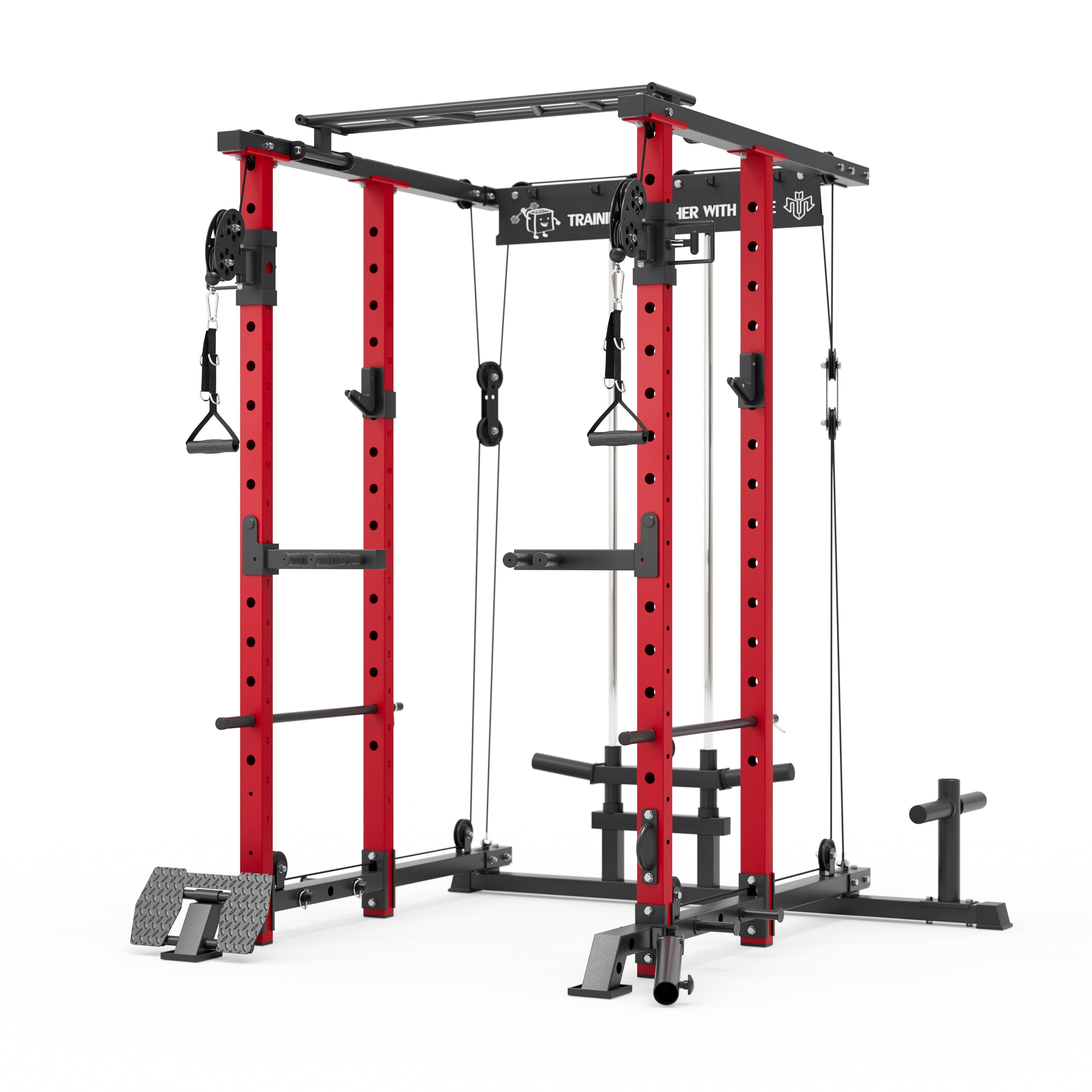
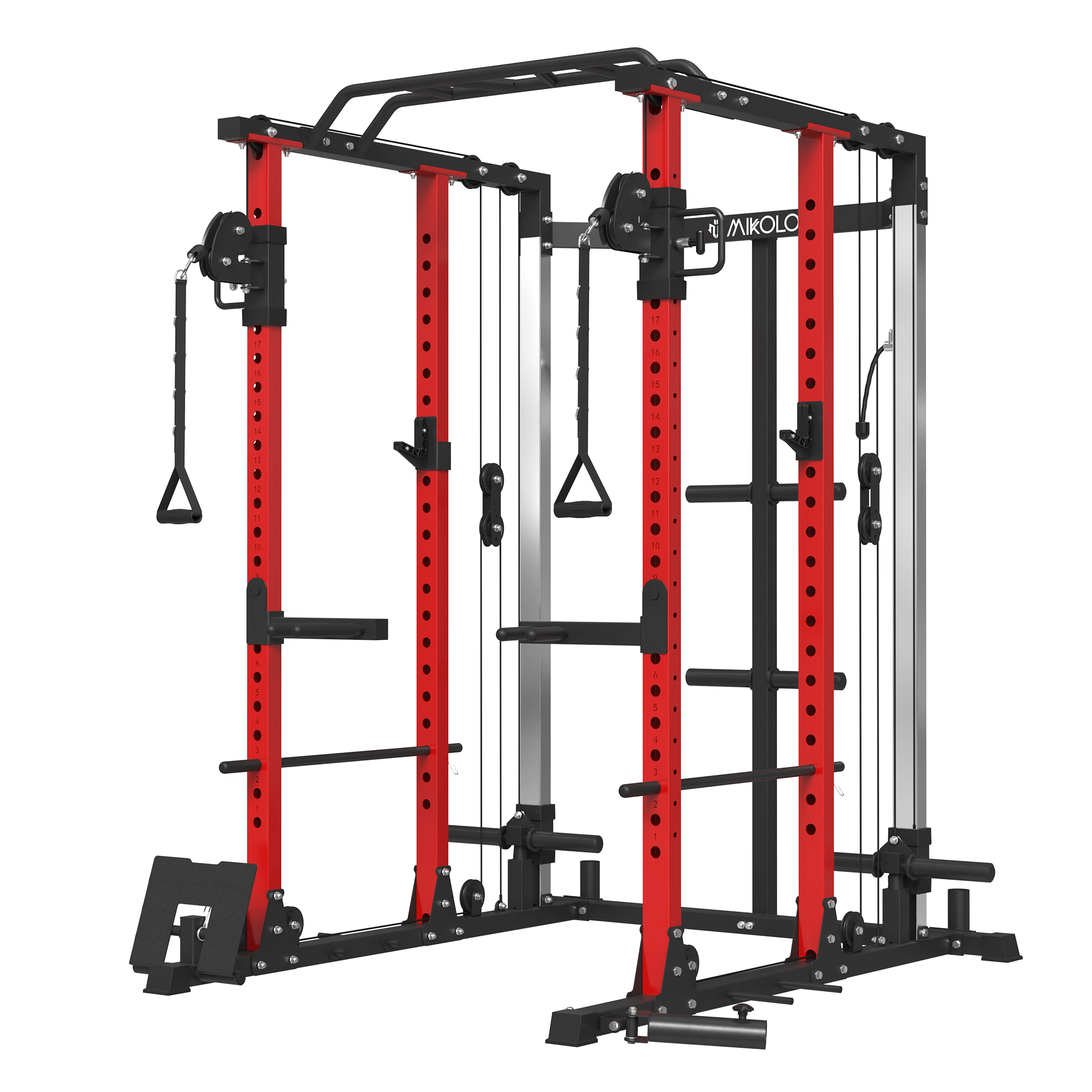

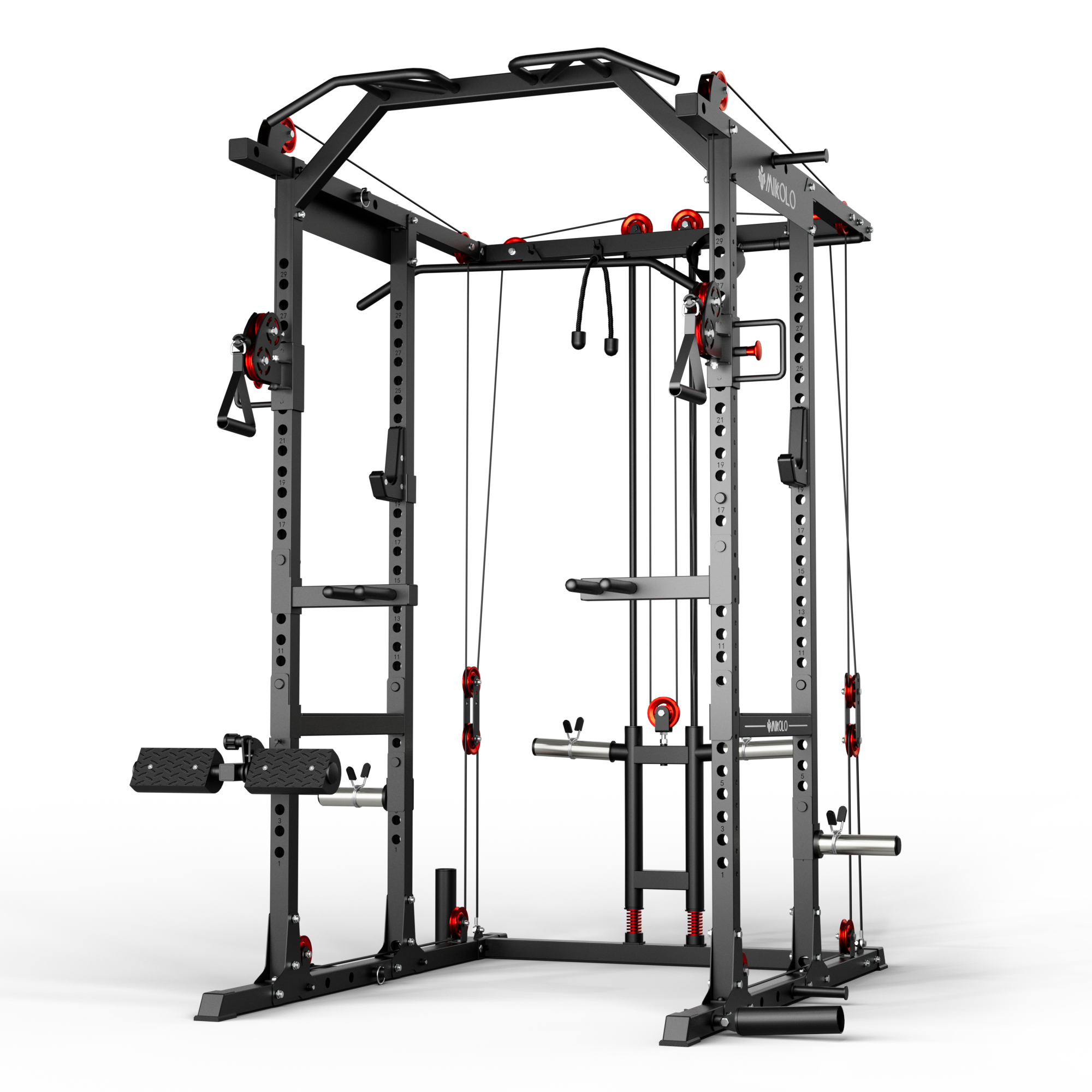
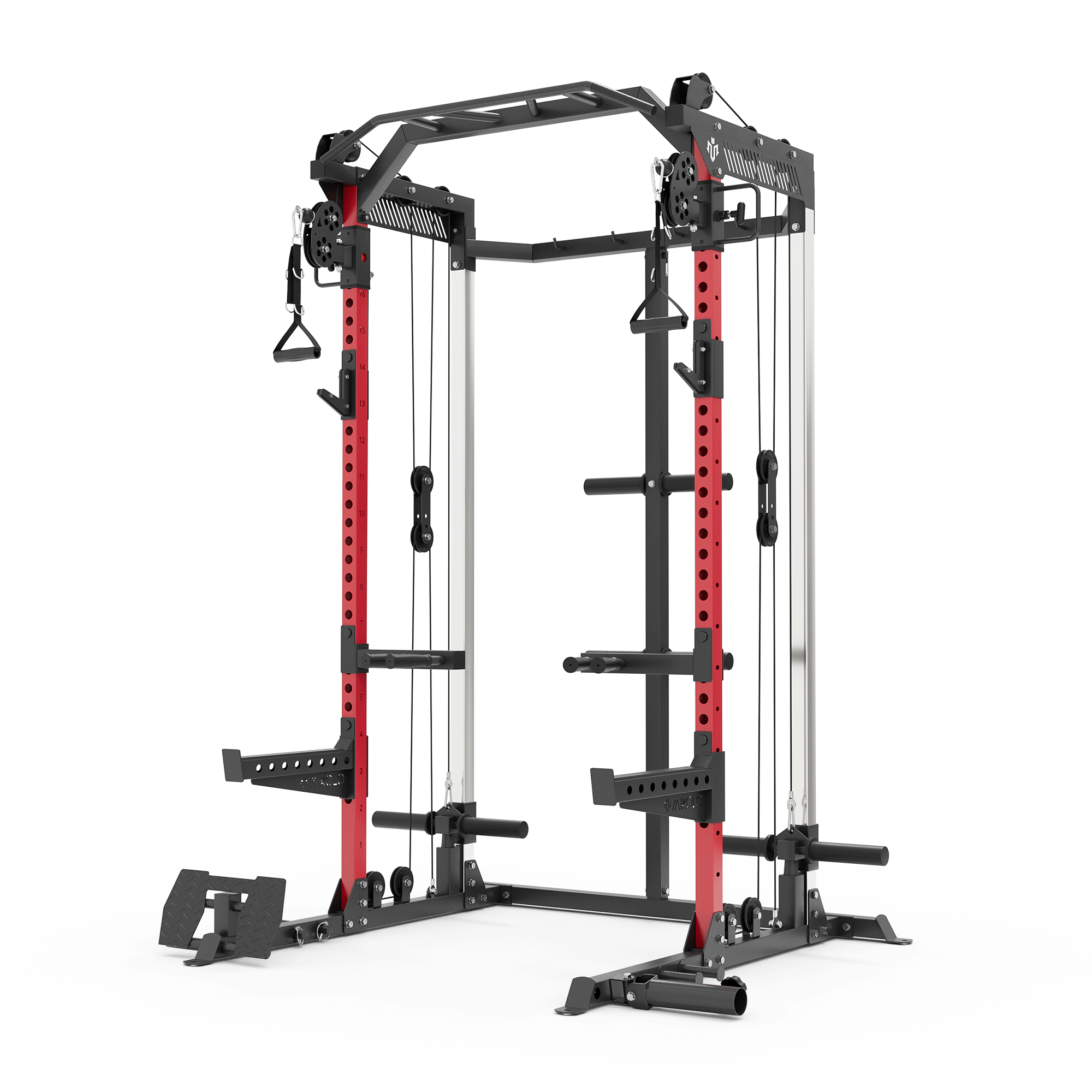
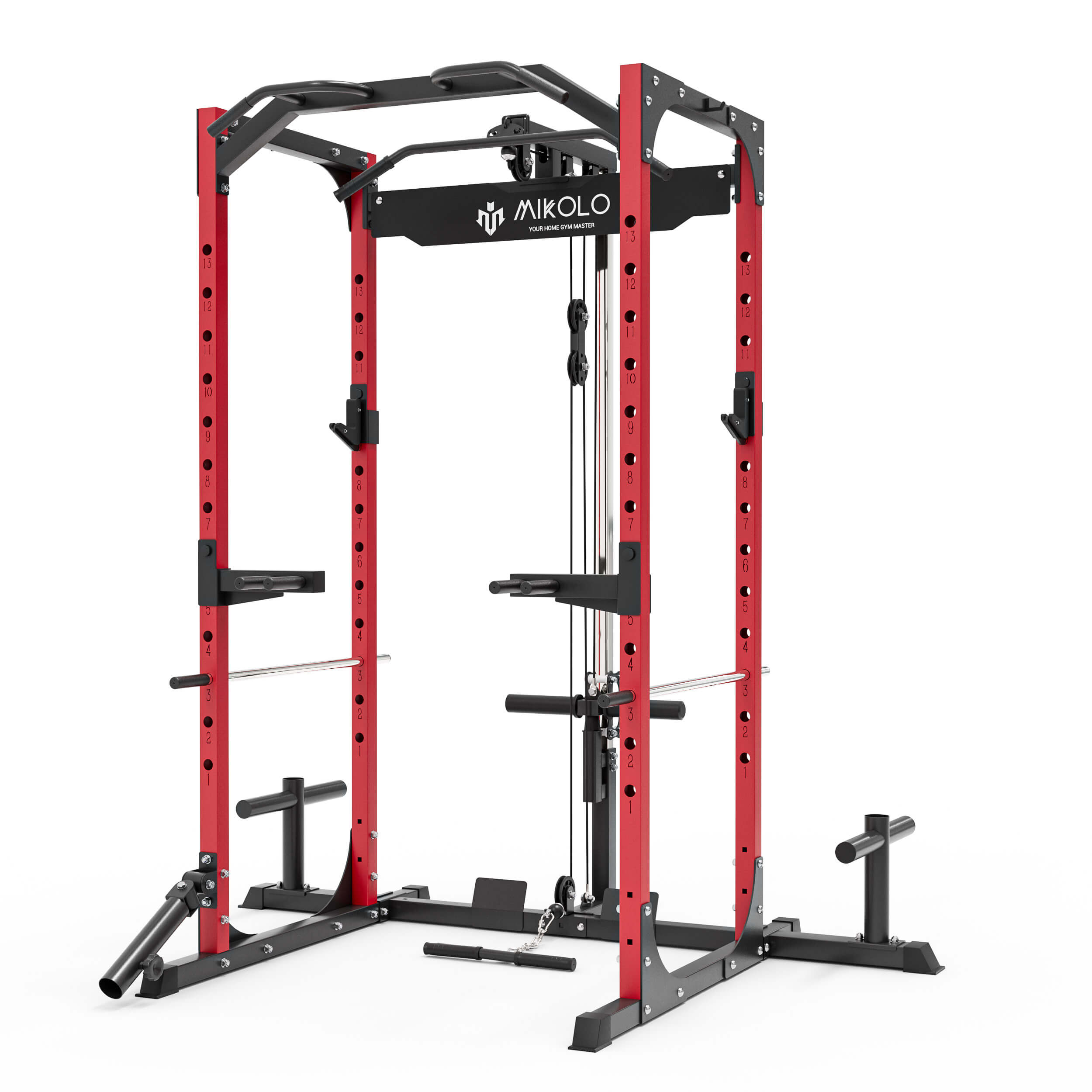




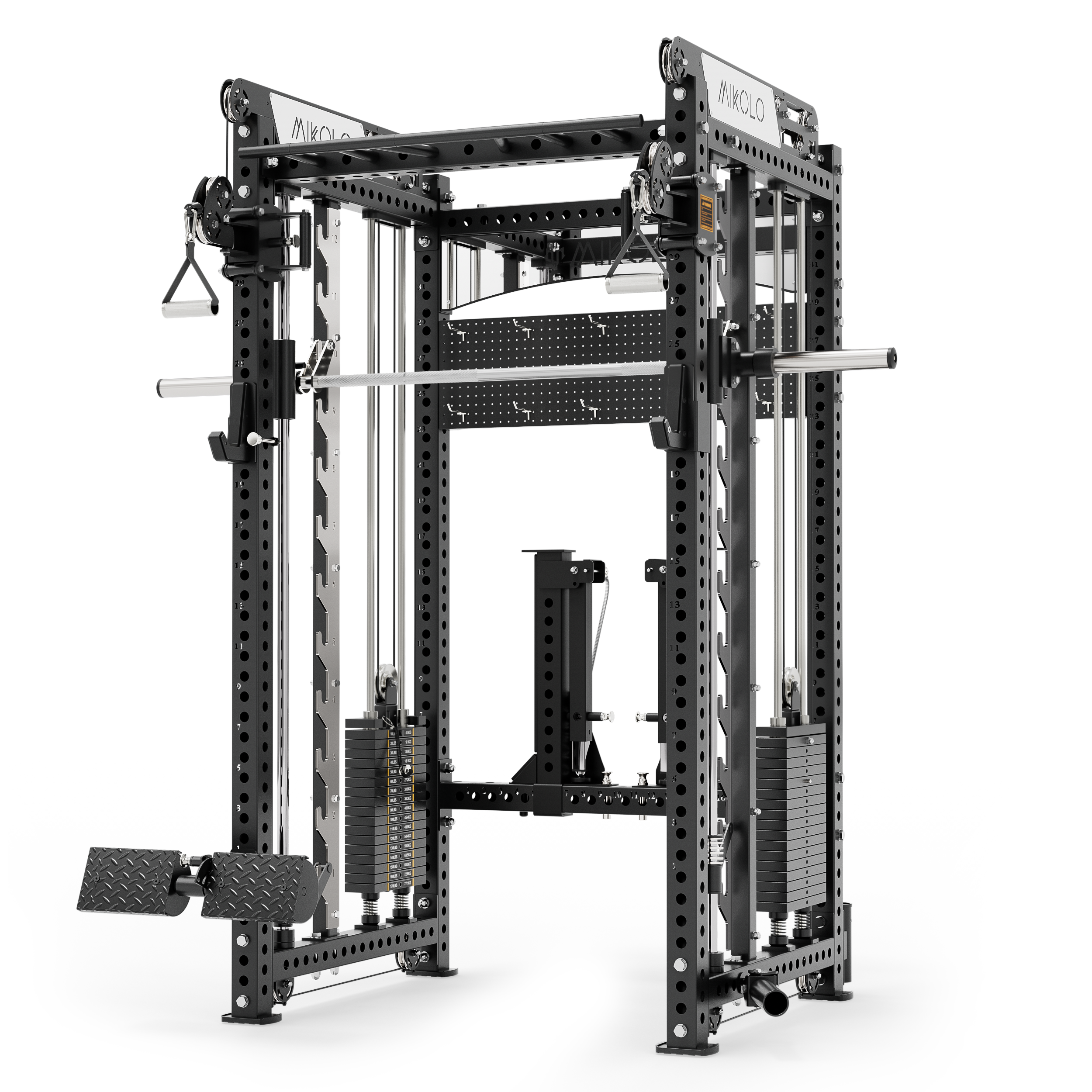
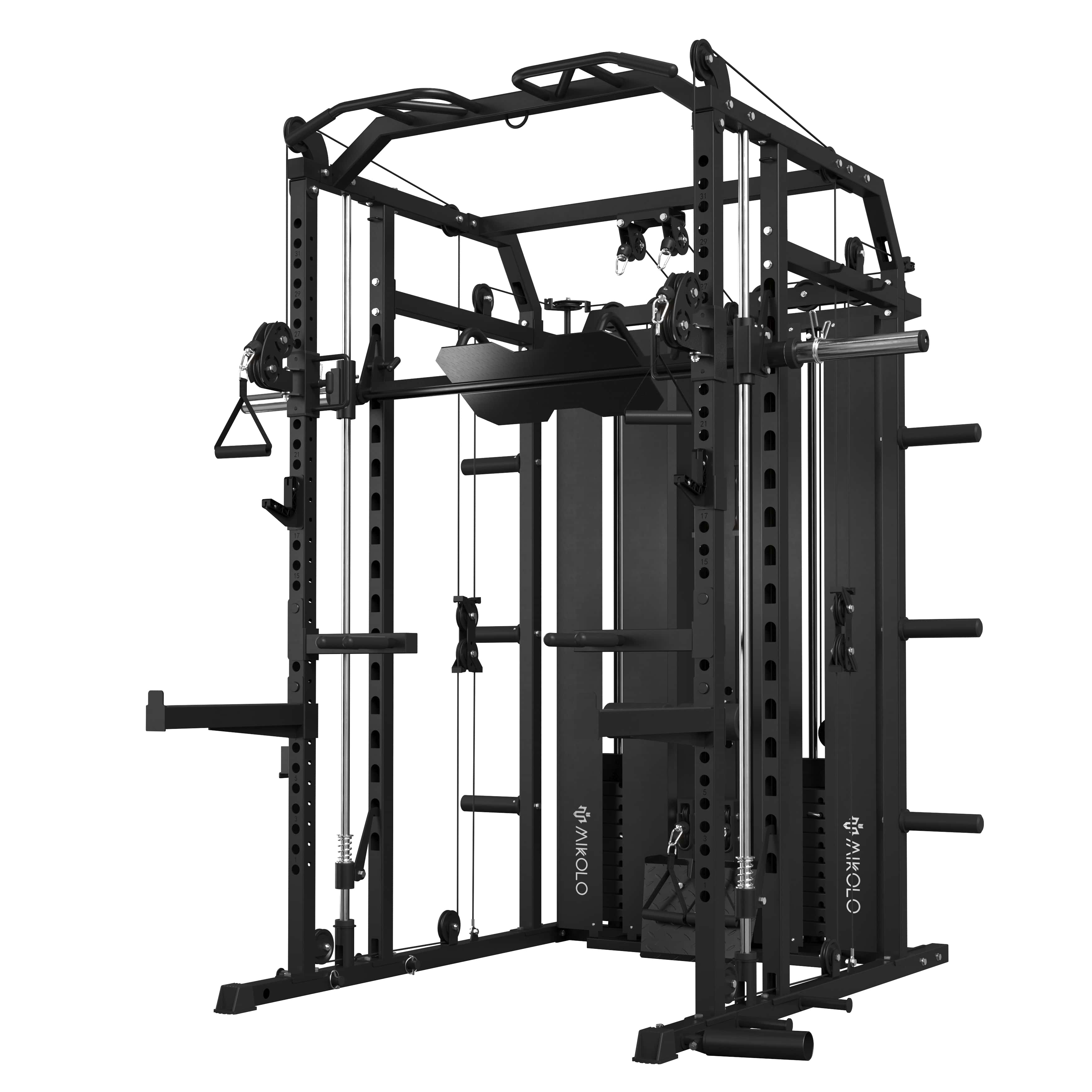
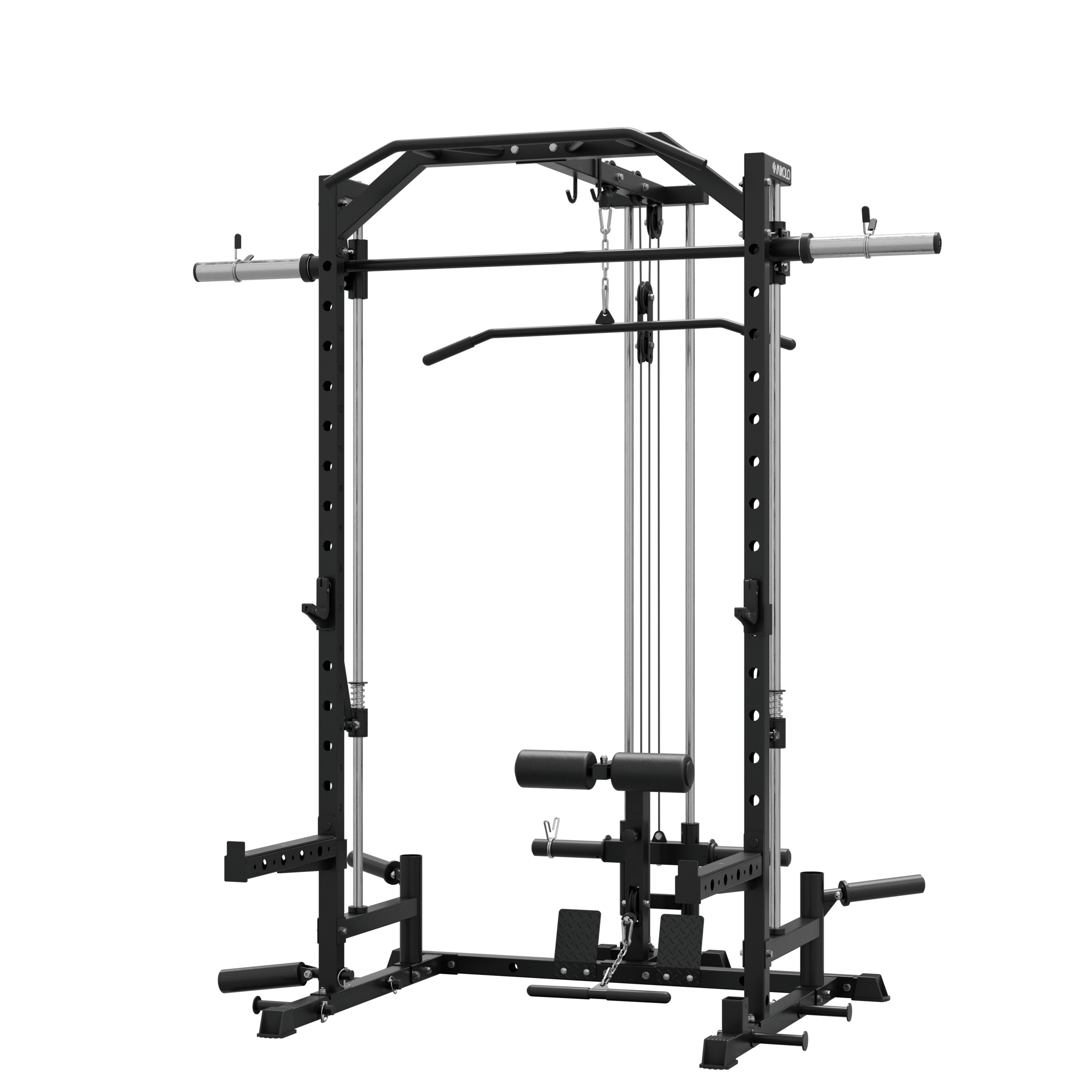
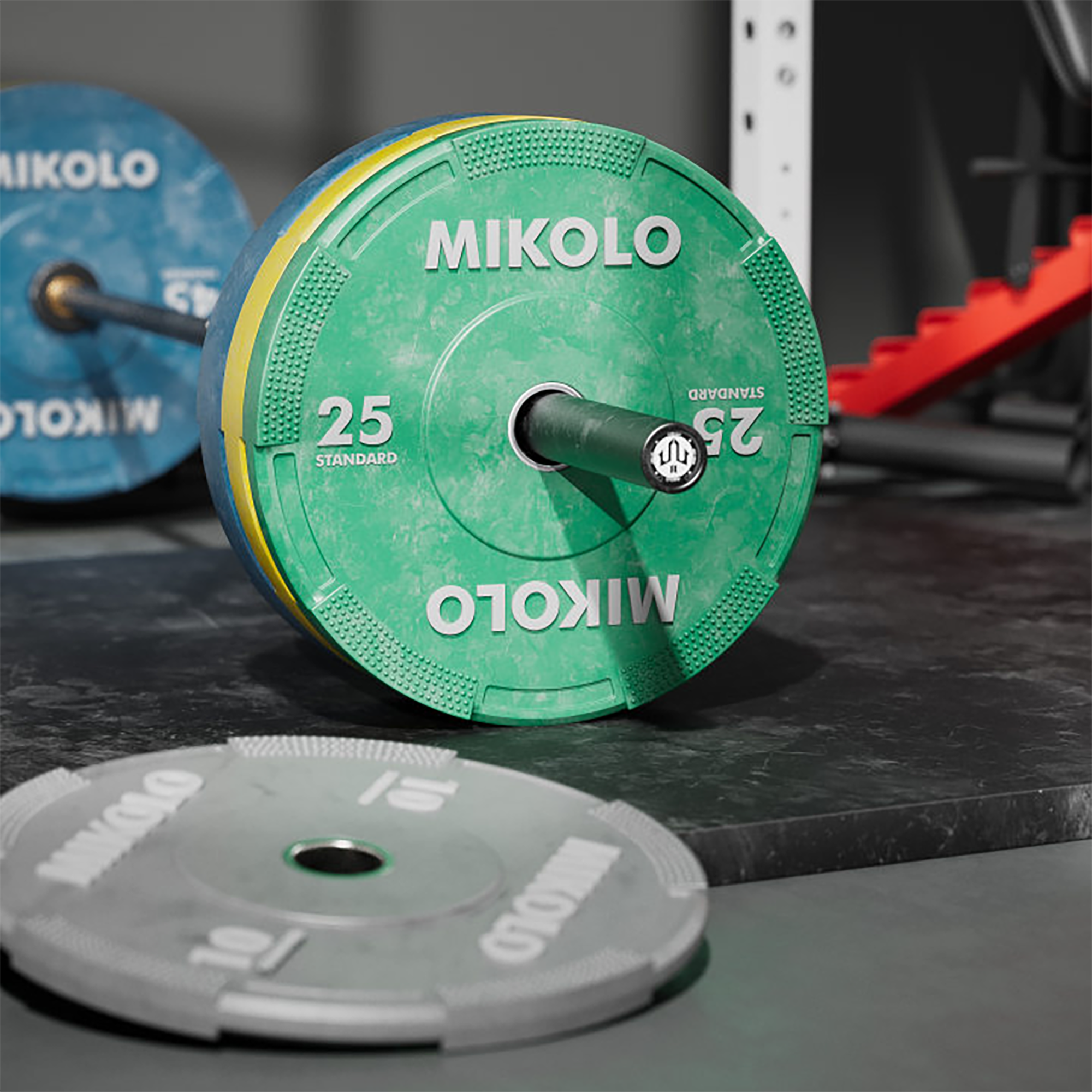


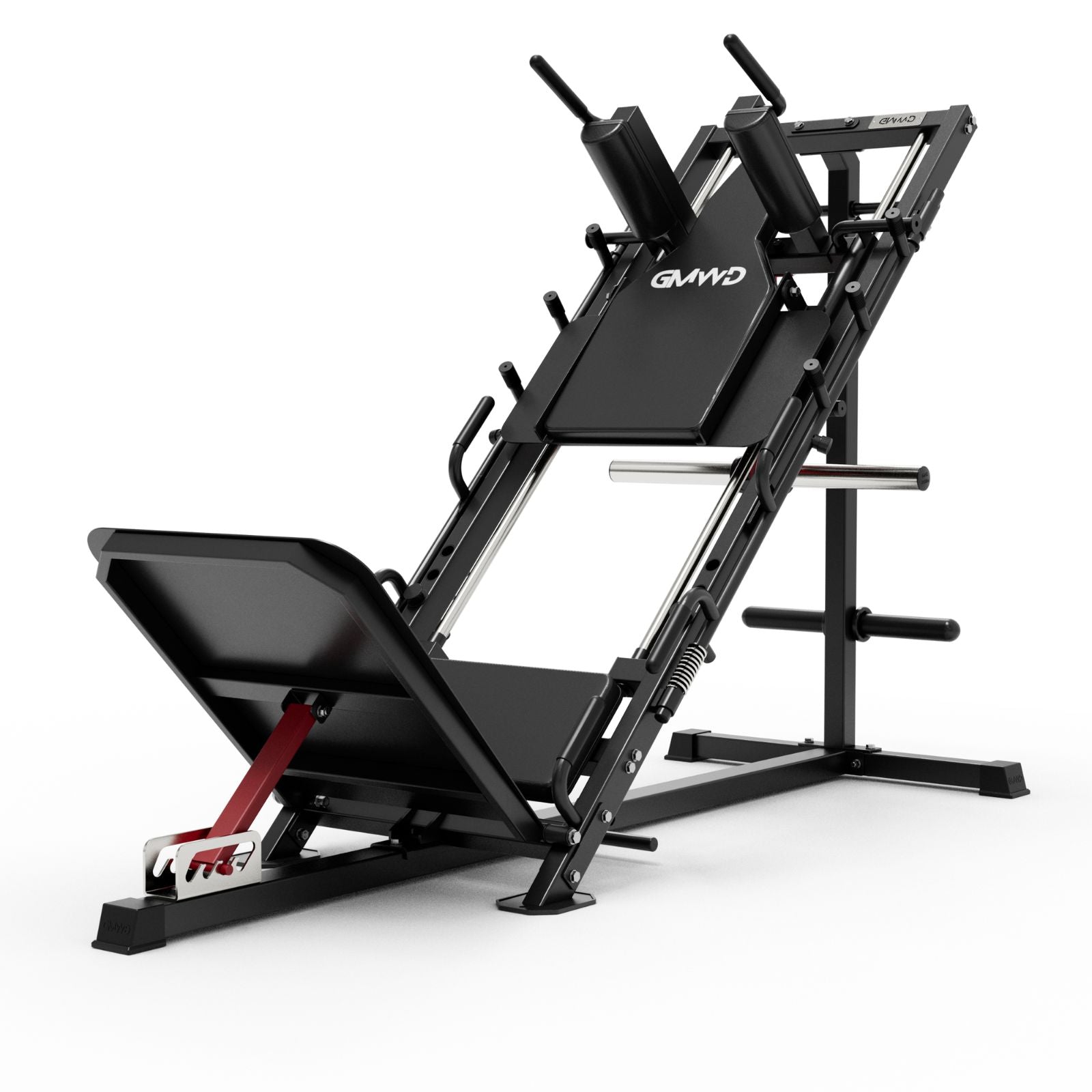


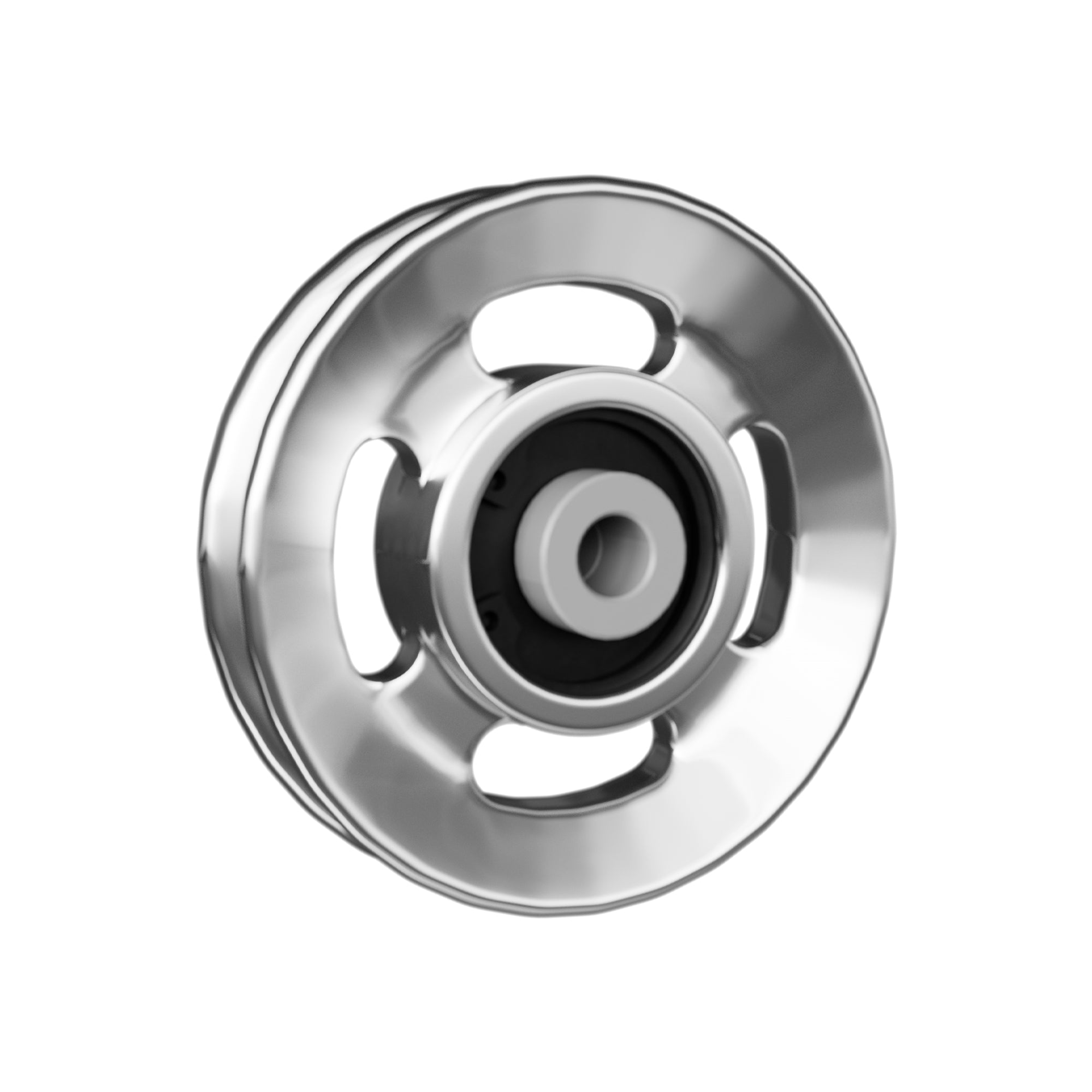
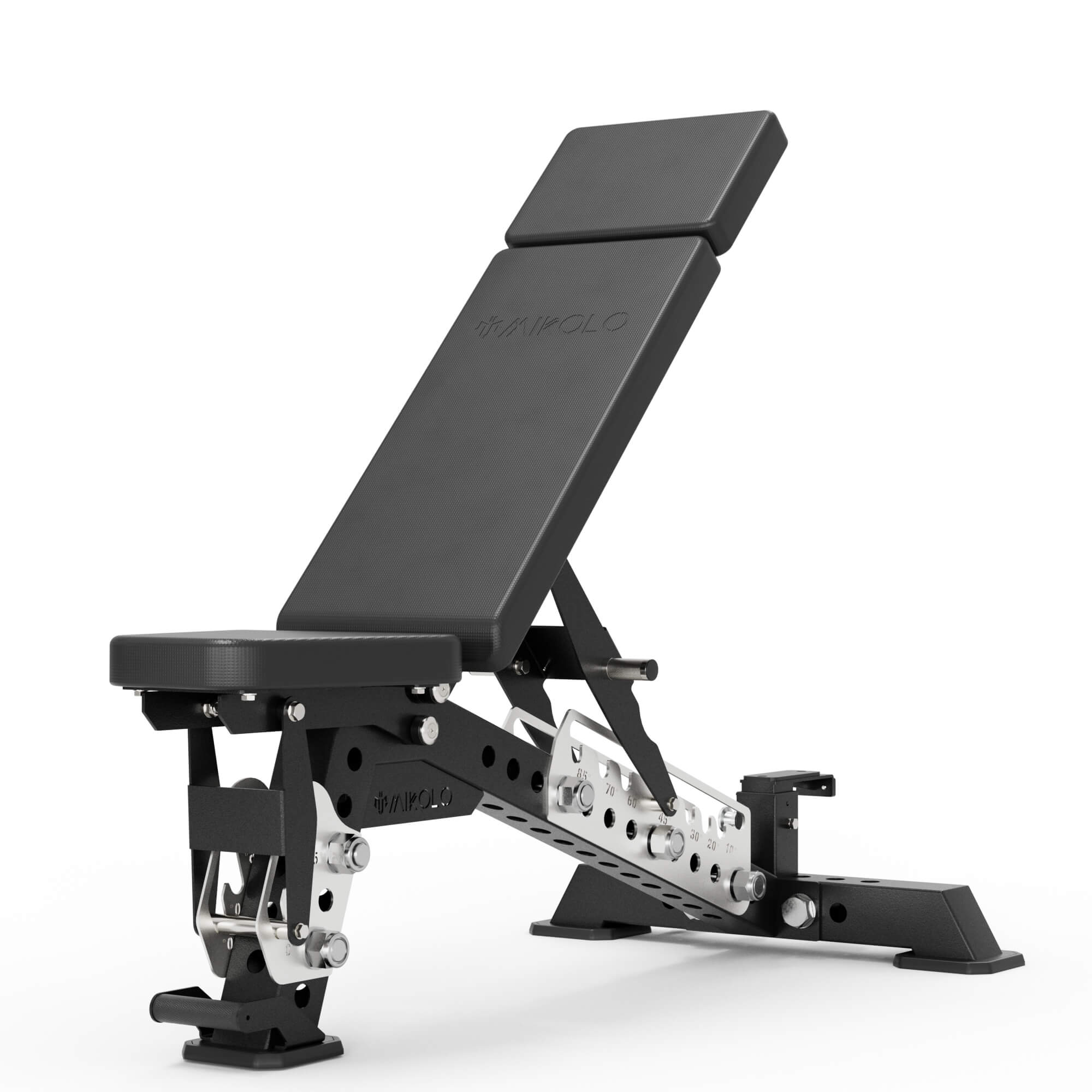
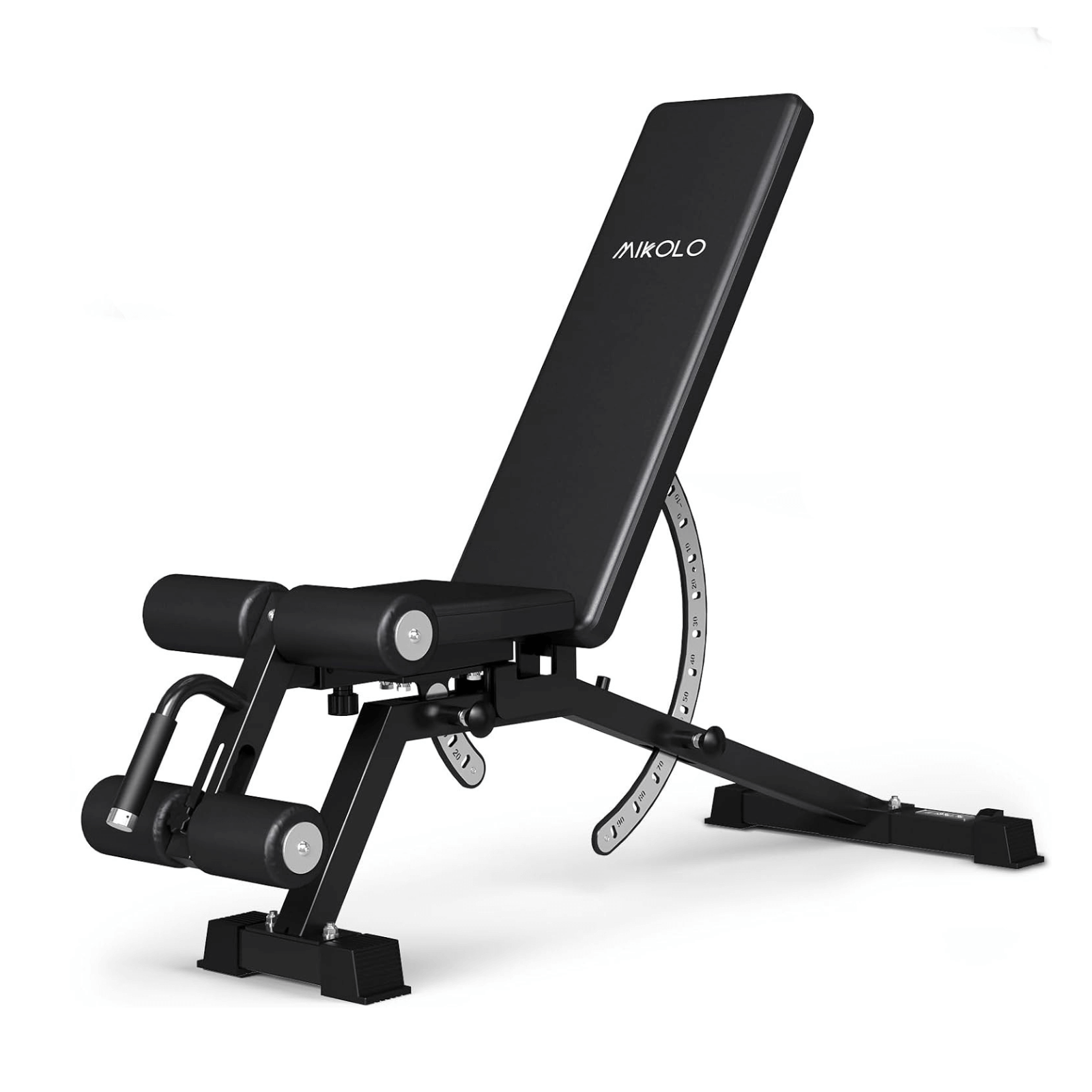

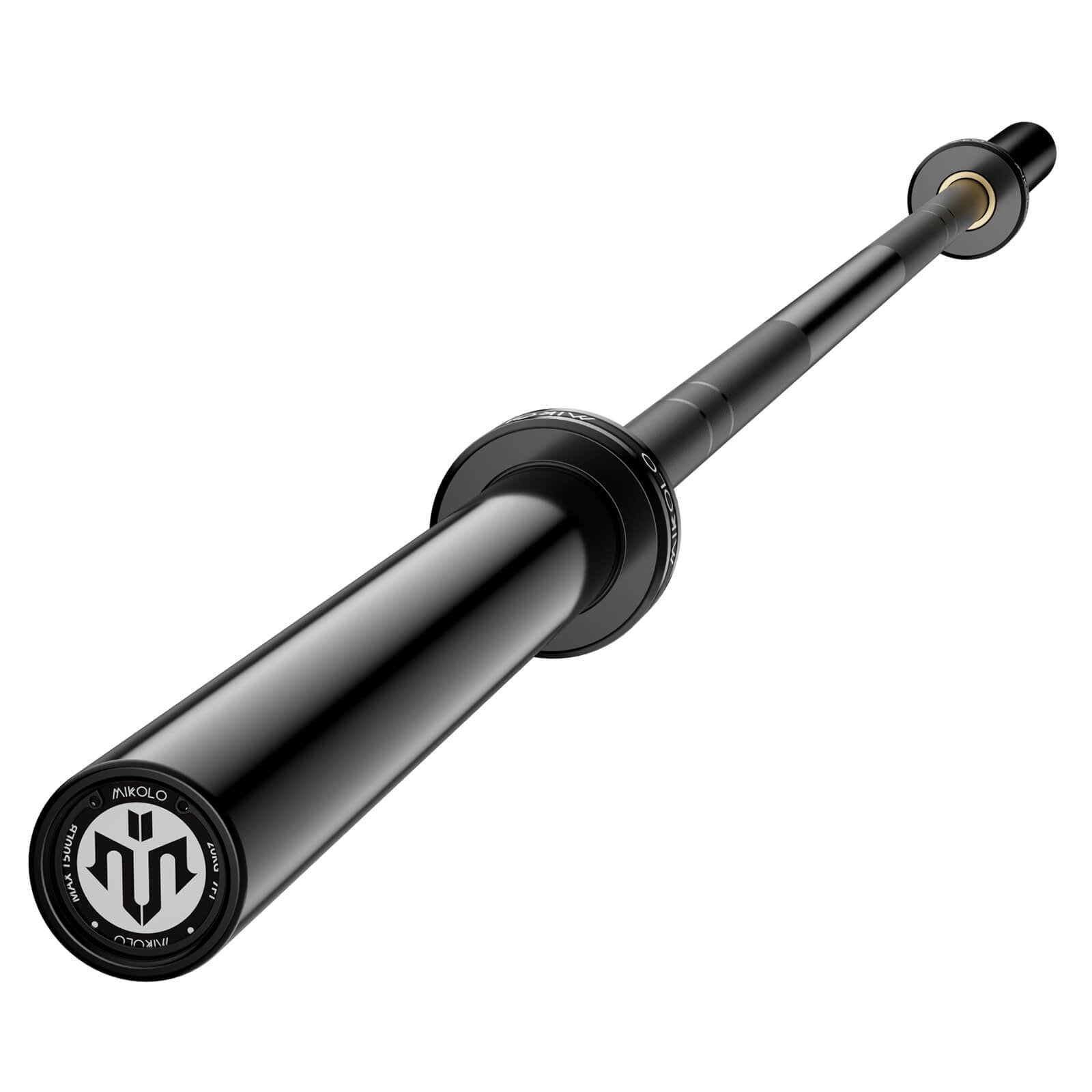
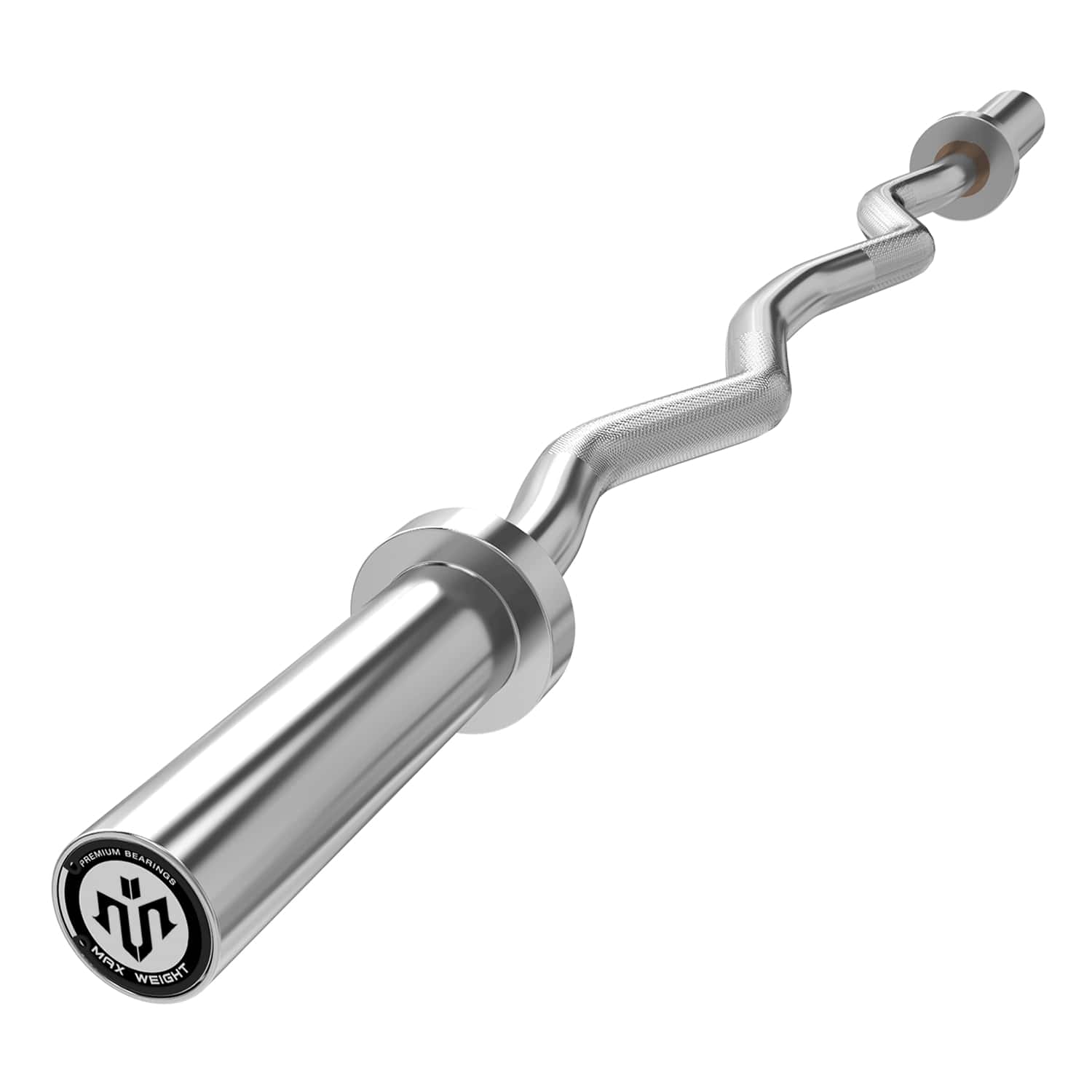
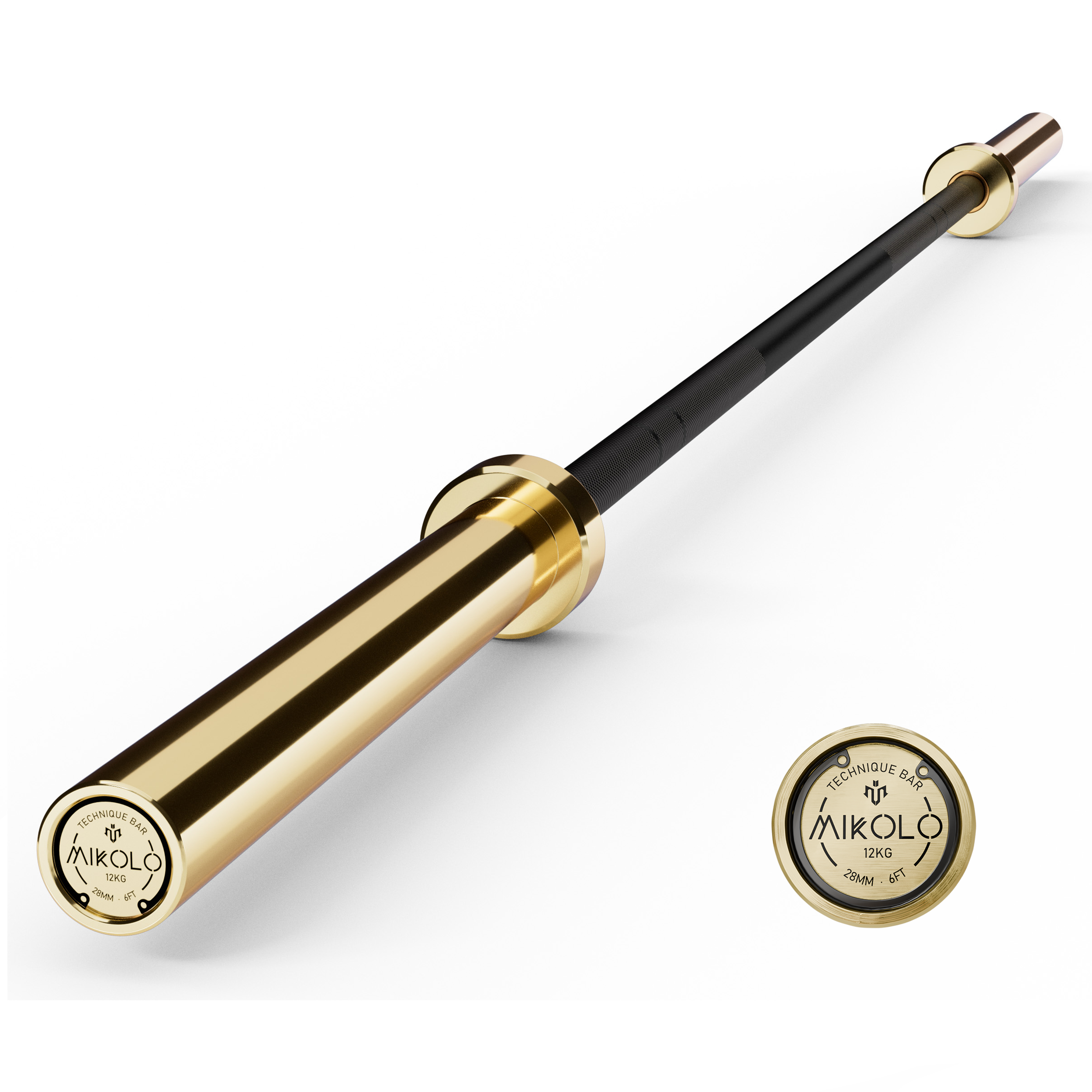
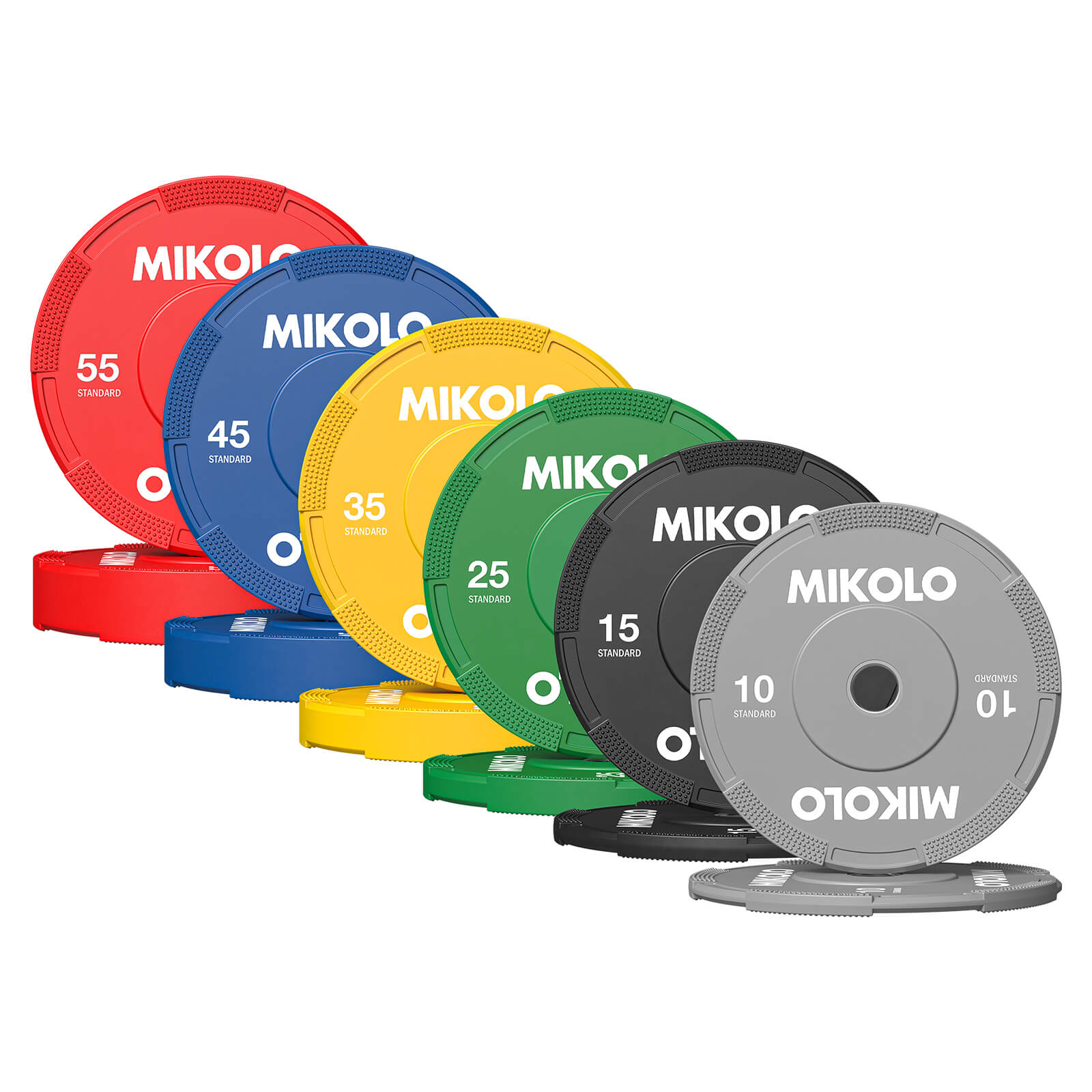
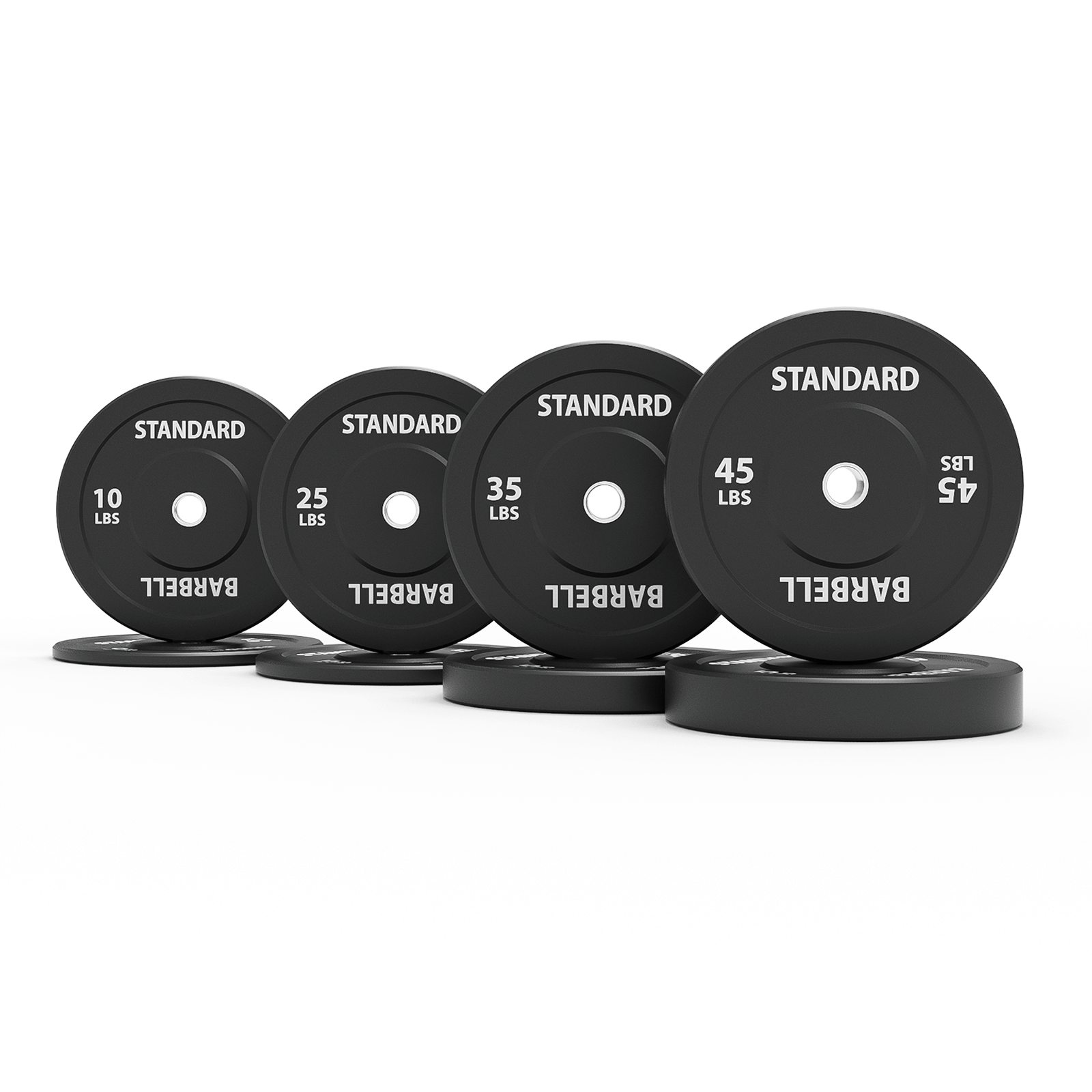


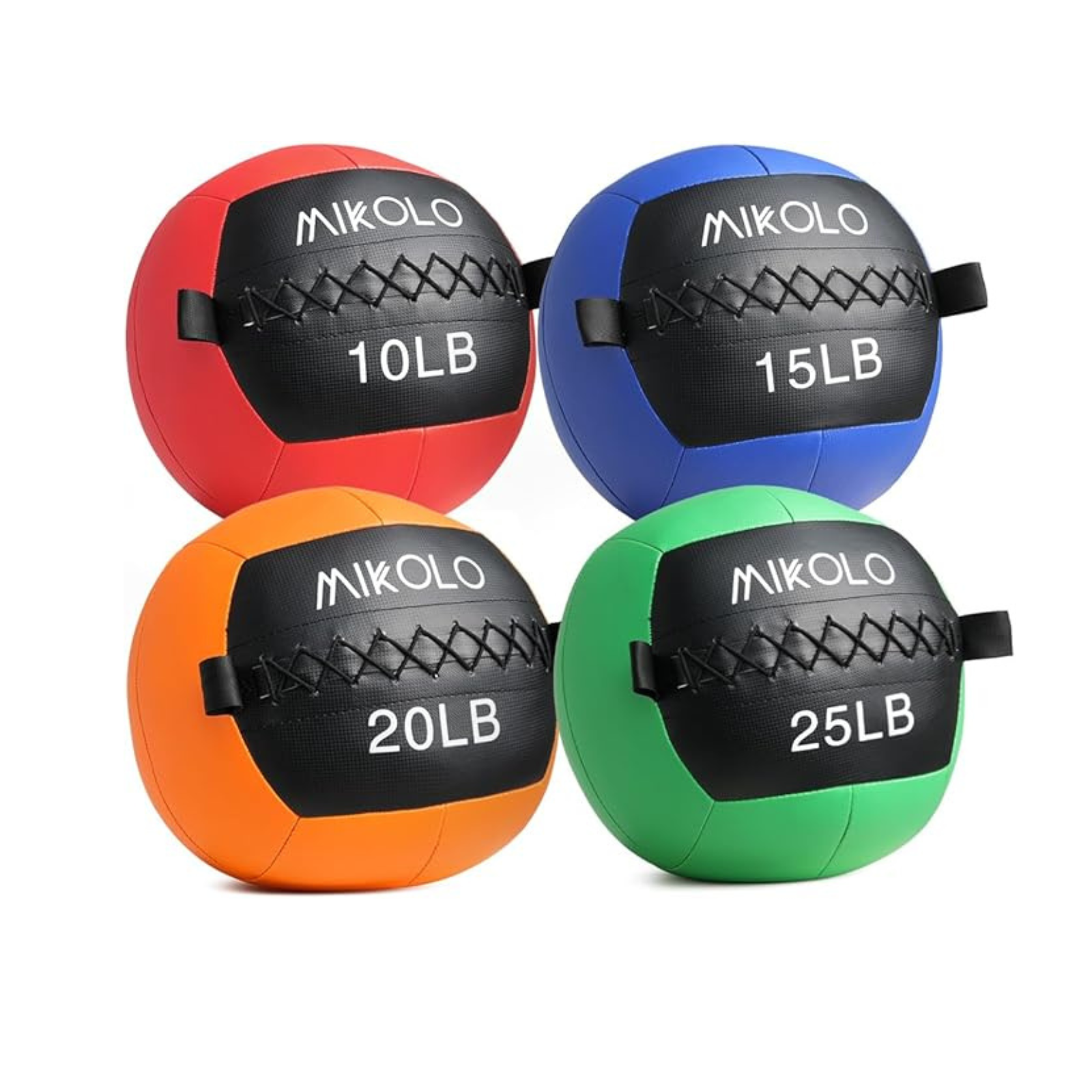
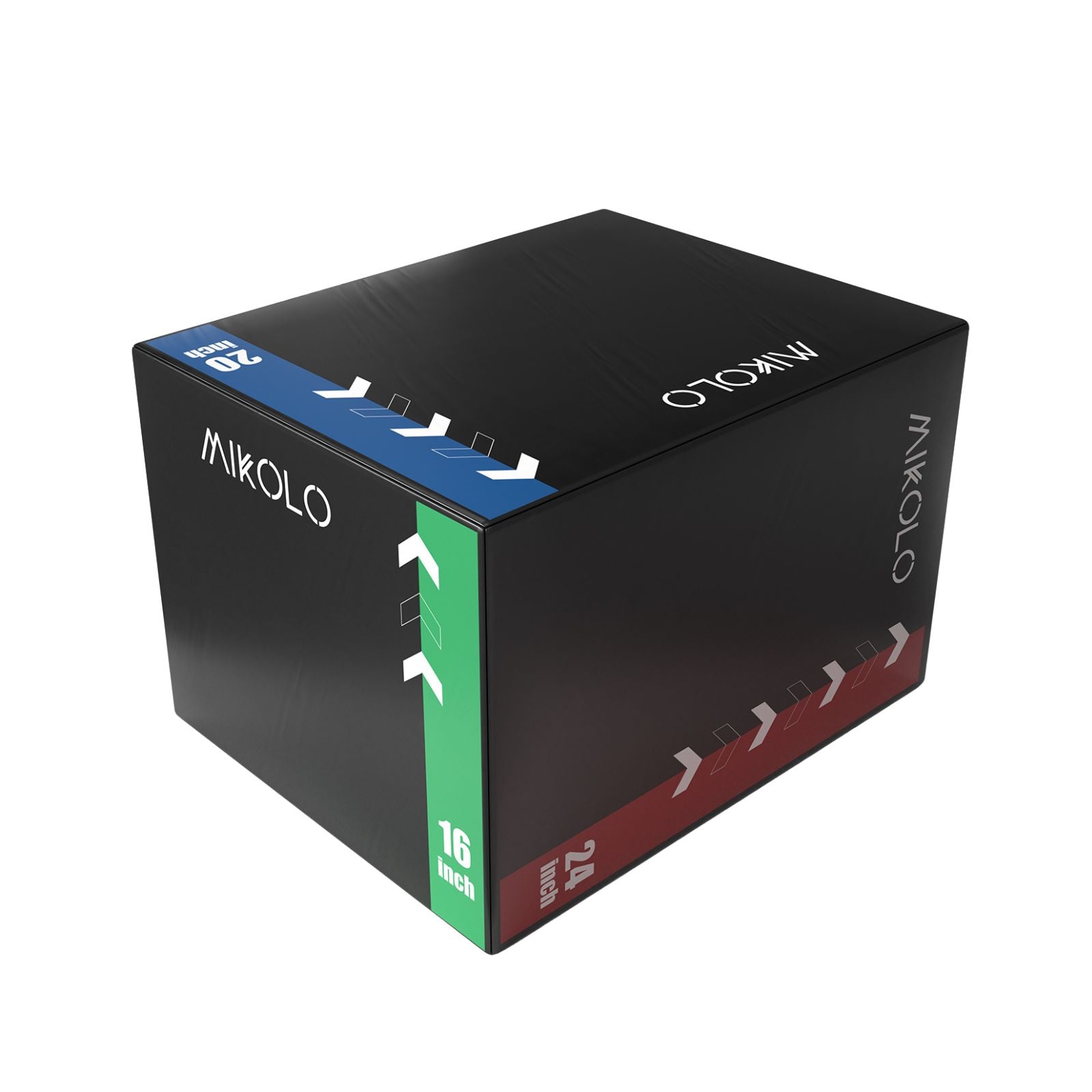
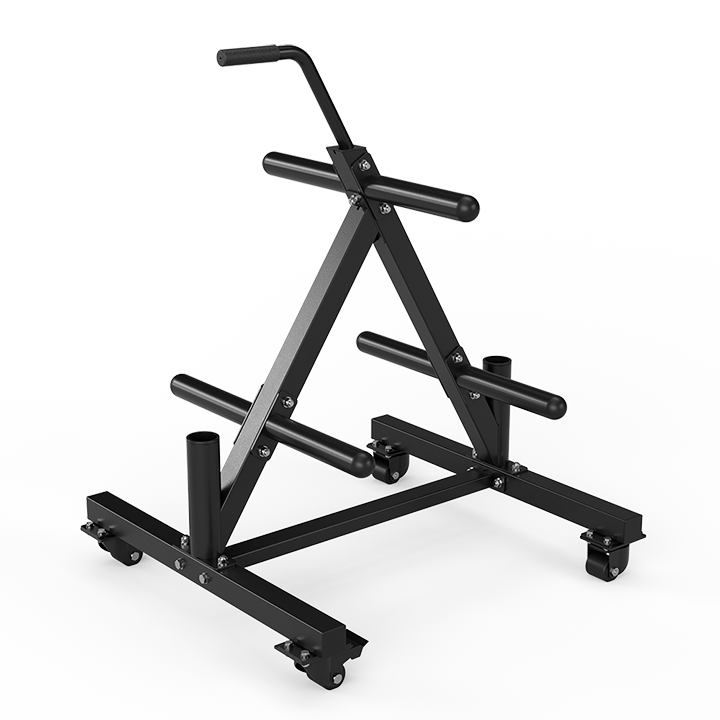
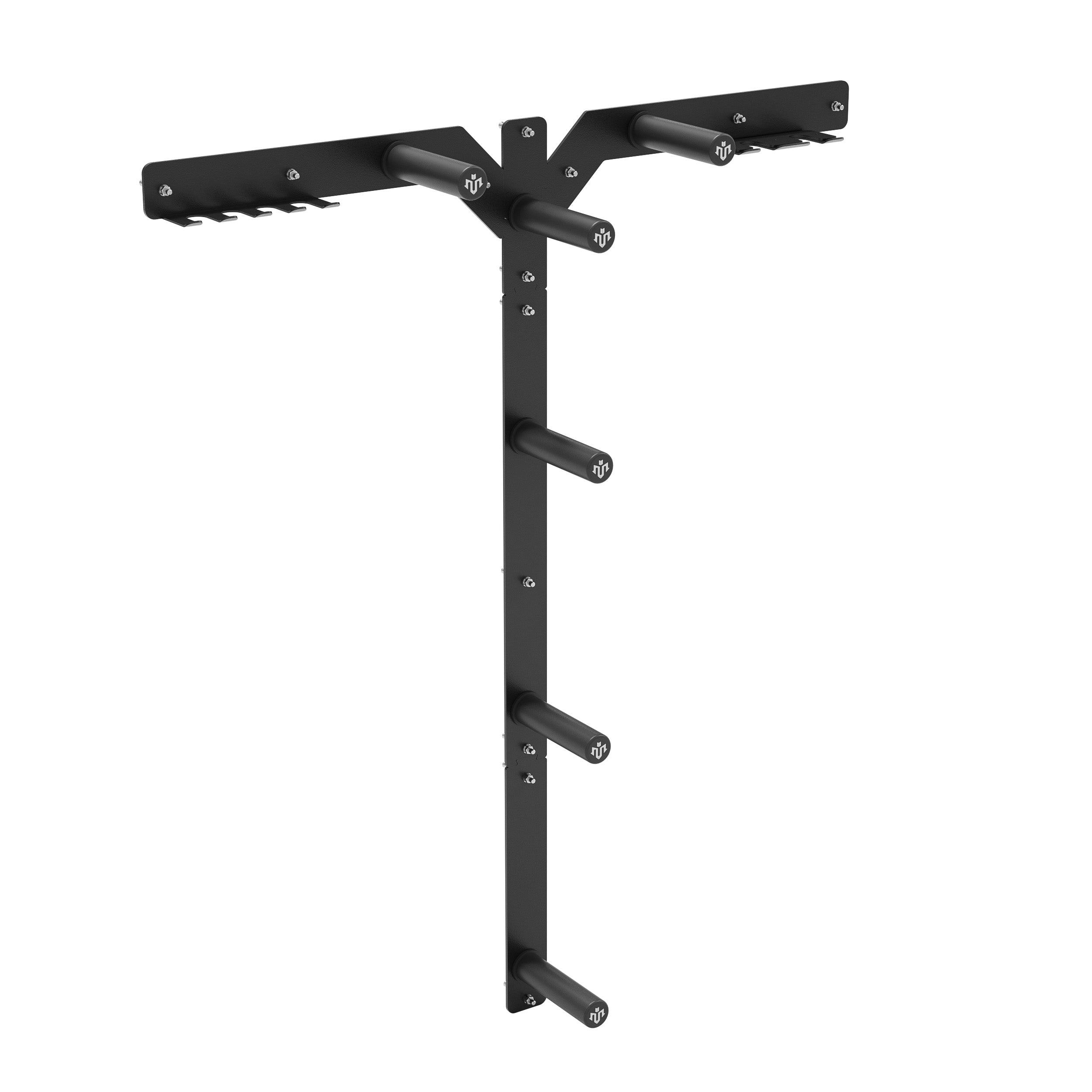




Leave a comment
This site is protected by hCaptcha and the hCaptcha Privacy Policy and Terms of Service apply.